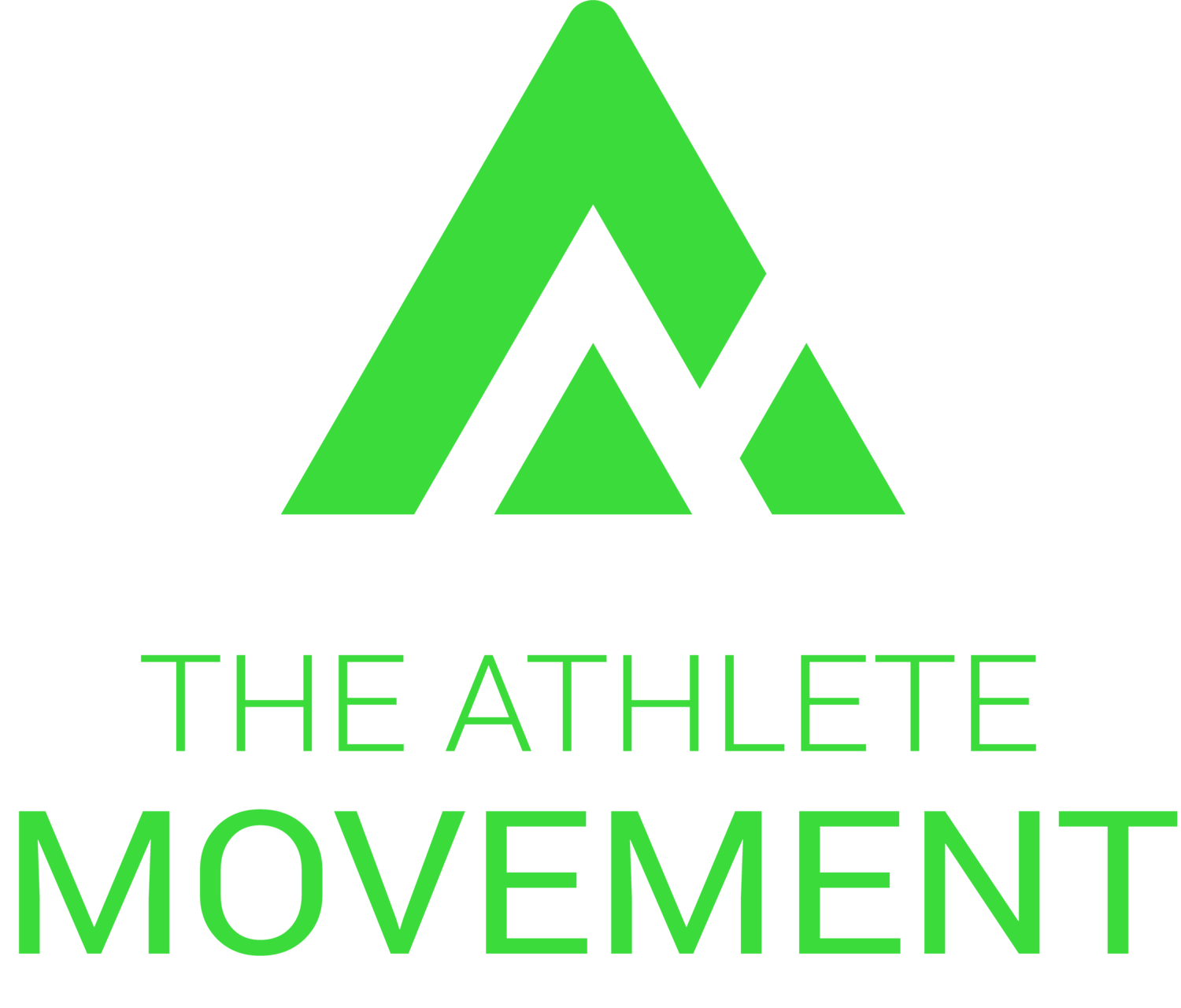Many sports often require the athlete to perform an explosive jump during game play (i.e. think basketball or volleyball). Ultimately, this leads to many athletes training to improve their ability to actually jump higher or further. Fair enough, who doesn't want to be able to rock the rim and dunk it? However, how many of these athletes actually seek to improve their ability to land from a jump, hop or bound? Not many, if any.
It is vital to understand what goes up must come down. In most cases a jumping injury never occurs when the athlete takes off for flight but instead when they are in the landing phase of a jump. If you only read up until this point in the post – I'll make it simple - do not train to jump more explosively until you can land efficiently! You are only adding dysfunction to dysfunction that is already there.
SO WHY THE LAND?
The landing phase requires an athlete to efficiently absorb large eccentric (downward) forces and load these forces evenly whilst maintaining ideal body positions. When these eccentric forces cannot be absorbed or controlled properly, poor mechanics and an injury (knee) are usually the result.
Point in case – RG3 2013 – an elite football athlete that had incredible explosive power, although also had horrendously poor landing mechanics and could not stabilise during the landing phase.
The result = An ACL blow out and a season out of the game that he gets paid millions to play (not to mention the long term damage).
So I have a few questions for you?
1) Can you land double legged?
2) What about single legged? After all that is generally more ‘match specific’.
3) Okay now what about double and/or single legged in a dynamic environment i.e. a game of basketball?
If you answered 'no' to any of the above - you are straight up at risk of a landing injury. If you answered yes to all of the above, ill ask again, ‘can you REALLY land?’ If you still said yes, you probably don't understand what good landing mechanics are or maybe just maybe, you are one of the lucky few that ‘just gets it’ (but I’d have to believe it to see it).
Poor landing mechanics are actually very common and frequently observed in both young athletes and female athletes. FYI just because you may not be a young or female athlete does not mean you are not at risk. Yes you would think that athletes that play at a higher (more competitive) level move as better athletes? Well no, couldn't be further from the truth. In my experiences working with State youth basketball athletes I would argue 80+% of both male and female athletes that initially come to train with me have poor landing mechanics. Hence, the reason why we work so hard on coaching and educating these athletes on what good landing posture is whilst aiming to improve their ability at absorbing eccentric forces.
WHAT ARE POOR LANDING MECHANICS?
Poor landing mechanics may be a result of 1) issues we cannot physically change or 2) issues we can change but have not tried to change.
Issues we cannot change:
• Hip Q angle and joint laxity - big reasons for the females out there.
Issues that we can change but have not tried to change:
• Mobility (ankles, hips, thoracic spine)
• Strength and stability (control) in these positions
• Jumping and landing posture - repetitively owning good positions in the gym and transferring this to the court.
As an athlete doing an ACL or any significant injury can significantly impact your athletic career. At The Athlete Movement we understand (you should too), that sometimes certain injuries are just unavoidable and are part of the game. However, if you have an opportunity to learn to move better and possibly reduce future injuries – take that opportunity.
Join the movement!

